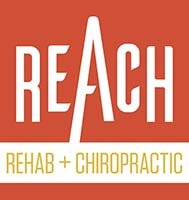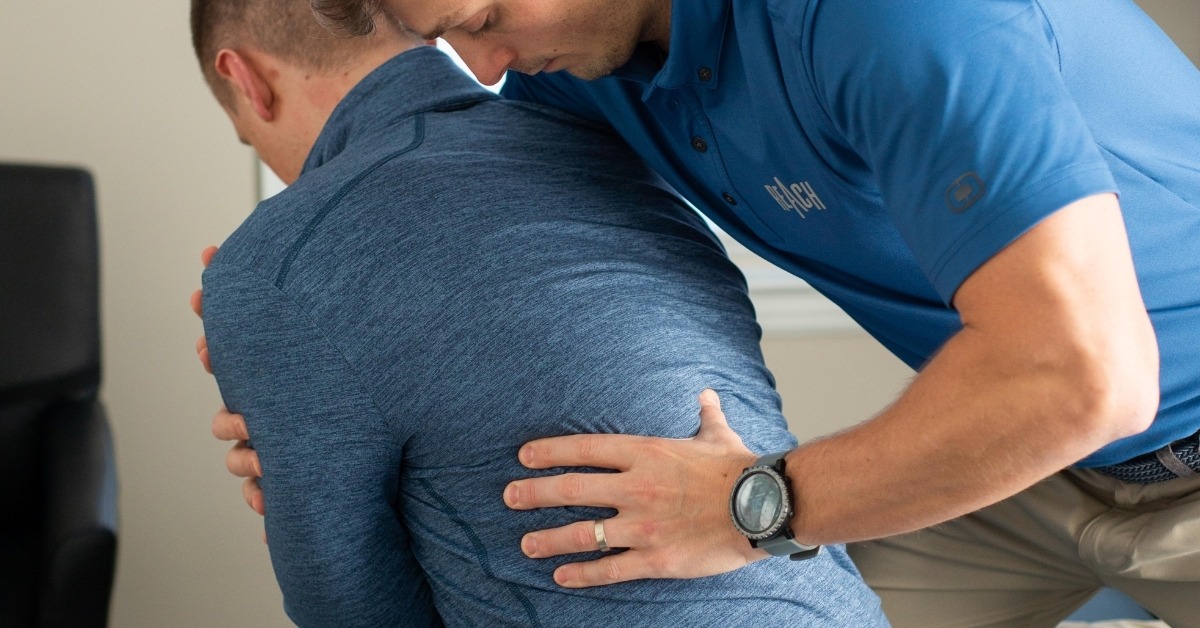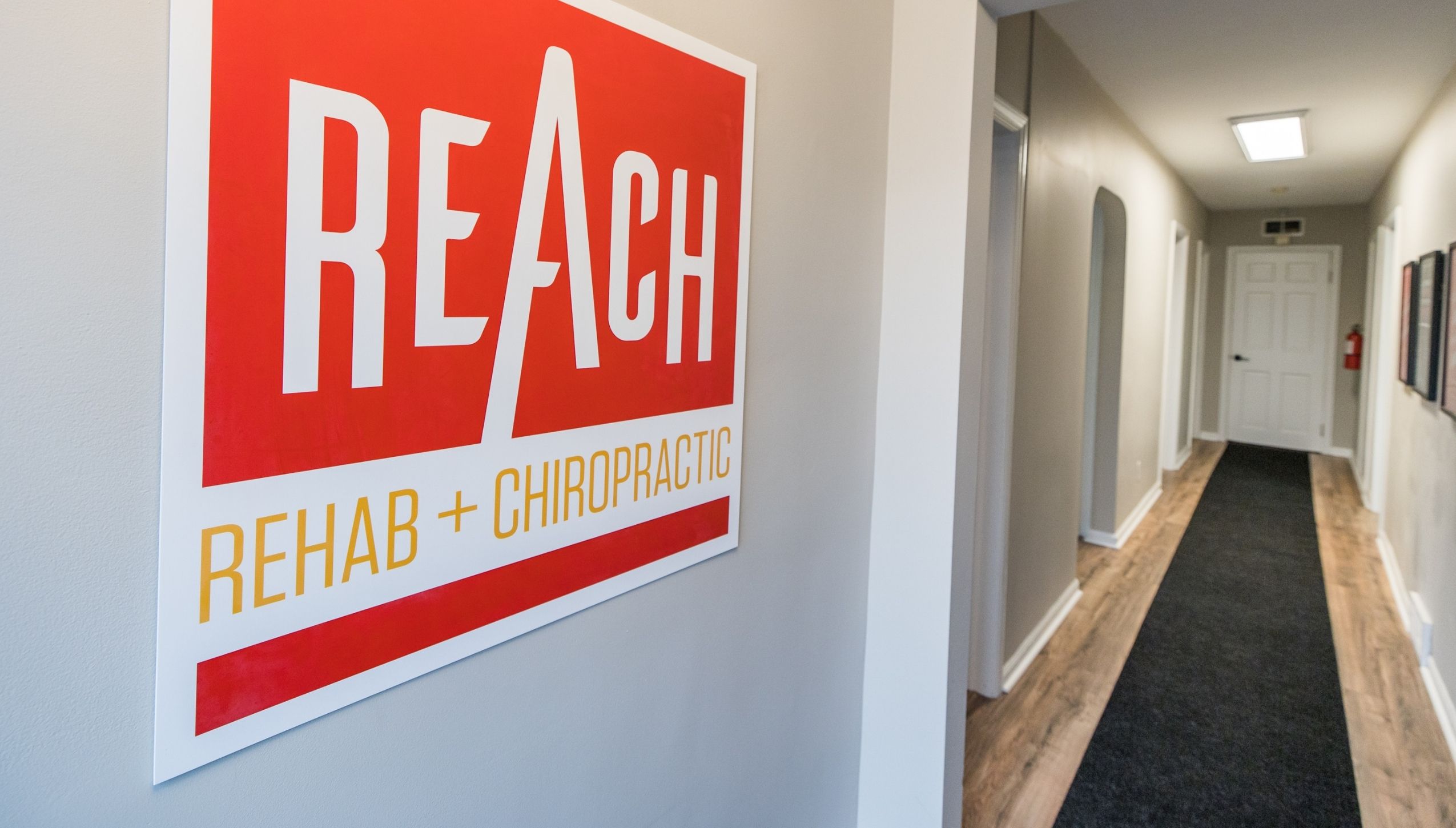Sciatica Treatment in Plymouth, MI | REACH Rehab + Chiropractic
Living with sciatica pain can feel like being thrust into a relentless battle against your own body. That sharp, piercing pain that cascades from your lower back down through your leg can turn everyday activities into daunting hurdles.
Yet, envision a scenario where this condition becomes a catalyst for empowerment rather than a source of constant struggle. At REACH Rehab + Chiropractic in Plymouth, MI, we are more than just chiropractors; we are your partners in transformation, dedicated to helping you wrestle back control of your life from the grips of sciatica.





